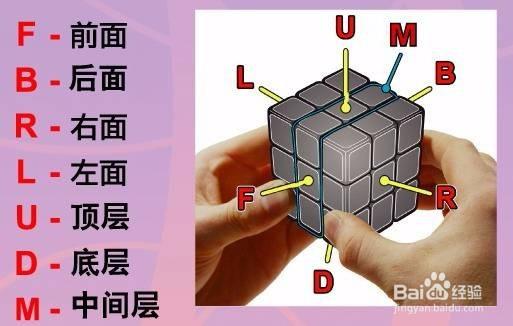一般现在时五种用法(一般过去时的用法)



1、一般过去时
教材第3课和第27课都是有关一般过去时的内容,但本课侧重的是动词短语的用法。如本课课文中出现的:wrote out, paid him a visit, led me into等。

| My friend, Hugh, has always been fat, but things got so bad recently that he decided to go on a diet. | 1)Hugh是my friend的同位语,前后逗号可以省略。 2)可提问学生but前后两个分句的谓语动词为什么采用不同的时态(因为前半句强调的是Hugh一直以来的习惯,所以采用现在完成时,而后半句说的是过去这段时间的事情,所以采用了一般过去时)。 3)注意结果状语从句so...that...的用法。 4)decide to do sth.,决定做某事。注意decide的名词为decision,常用的短语用法为:make a decision。 5)go on a diet,节食。 |
| First of all, he wrote out a long list of all the foods which were forbidden. | 1)first of all,首先。 2)write out,写下。 3)a list of,一系列、...的清单。 4)注意forbid的过去式和过去分词为forbade和forbidden。 |
| The list included most of the things Hugh loves: butter, potatoes, rice, beer, milk, chocolate, and sweets. | 1)include,包含、包括。 2)most of 代词或the 名词,大部分...。 3)Hugh loves是the things的定语从句,中间省略了that或which。 |
| Yesterday I paid him a visit. | 1)注意yesterday放在句首,而不是句末,是为了突出昨天我做了什么事情。 2)pay sb. a visit,或是pay a visit to sb.,表示“拜访某人”。 |
| I rang the bell and was not surprised to see that Hugh was still as fat as ever. | 1)ring the bell,按门铃。 2)that引导的是see的宾语从句。 3)注意be as ...as ever,表示“和以往一样地怎么样”。 |
| He led me into his room and hurriedly hid a large parcel under his desk. | 1)lead sb. into somewhere,领某人到某处。 2)hurriedly,匆忙地。源自hurry,相当于in a hurry。 3)注意hide的过去式和过去分词为hid和hidden。 |
| It was obvious that he was very embarrassed. | 1)注意it为形式主语,真正的主语(逻辑主语)是that从句,所以本句中的that从句其实是主语从句。原句为:That he was very embarrassed was obvious,这样会显得整个句子头重脚轻,所以要借用形式主语it。 2)embarrassed,尴尬的、难为情的。 |
| When I asked him what he was doing, he smiled guiltily and then put the parcel on the desk. | 1)what引导的是ask的宾语从句,作为ask的间接宾语,注意:在陈述句中,问句要陈述句语序。 2)guiltily,内就地、不好意思地。源自guilt(内疚;负罪),形容词为guilty。 3)put ... on ...,把某物放到某地。 |
| He explained that his diet was so strict that he had to reward himself occasionally. | 1)that引导的是explain的宾语从句。 2)reward oneself,给自己报酬。 3)occasionally,偶尔的。 |
| Then he showed me the contents of the parcel. It contained five large bars of chocolate and three bags of sweets! | 1)show sb. sth.,给某人看某物。相当于show sth. to sb.。 2)contain,包含、包括。 3)句中的bar和bag都用作了表量的名词,可借此机会复习一下表量的名词的用法。 |

注意状语的位置。比如:句子“...and hurriedly hid a large parcel...”中的hurriedly放到了所修饰的动词hid的前面,起到了更好的强调作用,突出其藏东西的动作之忙乱,从而把他内心的愧疚形象地表达出来了。再比如:句子“...he had to reward himself occasionally.”中的occasionally被放到了句末,也强调了偶尔会进行自我奖励,起到了较好的诙谐效果。

可介绍常见的减肥方法。

1、本课与第3课和第27课都是有关一般过去时的用法,可借此机会做个阶段复习,把其基本结构、常见用法、标志性时间状语等都复习一遍。
2、可借本文提醒学生注意日常饮食,避免肥胖。

如果觉得好,欢迎继续关注廖怀宝的原创头条号“新概念英语的教与学”!,
免责声明:本文仅代表文章作者的个人观点,与本站无关。其原创性、真实性以及文中陈述文字和内容未经本站证实,对本文以及其中全部或者部分内容文字的真实性、完整性和原创性本站不作任何保证或承诺,请读者仅作参考,并自行核实相关内容。文章投诉邮箱:anhduc.ph@yahoo.com






